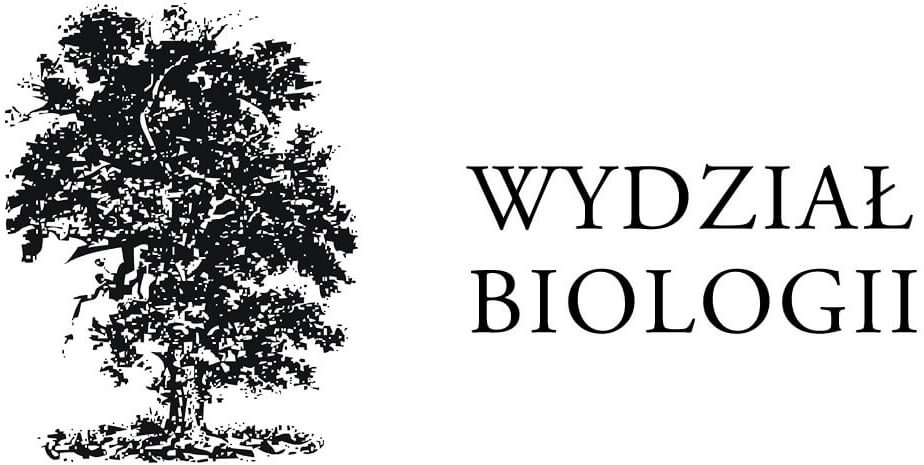Fungi and bacteria: an alliance for survival
Dr Julia Pawłowska with collaborators
Fungi are one of the largest groups of eukaryotic organisms, playing a key role in the functioning of terrestrial ecosystems. They are found all over the world, often in extreme habitats, and their ability to interact with other organisms, such as plants and bacteria, allows them to colonize diverse environments.
Studies on Mucoromycota fungi reveal that their interactions with bacteria date back to the early stages of land colonization. Particularly interesting are the fungal-bacterial consortia in extreme environments, such as high-altitude ecosystems threatened by climate change. Although the recently discovered interaction between the fungus Umbelopsis and the bacterium Paraburkholderia is not obligatory, it increases the effectiveness of colonization in selected habitats under harsh environmental conditions.
Current research focuses on the molecular mechanisms underlying the beneficial effects of such consortia on the growth of pioneer plants. This approach could aid in the protection of threatened high-altitude ecosystems. Many of the fungal consortia isolated from the environment may also have potential applications in industry. An intriguing example of utilizing the potential of fungi is the development of a biopreparation to support the dry-aging of beef. This biostarter helps stabilize the meat maturation process.
MODERN APPLICATIONS:
Knowledge about fungal-bacterial consortia could be used in the reclamation of degraded areas and support for pioneer plants growing in difficult conditions, such as in high-altitude regions or in soils poor in nutrients. Additionally, the research inspires innovative industrial solutions, such as using fungi to stabilize meat aging process.
FIGURE CAPTIONS:
Top: Mortierella sp. – fat-filled gemmae in fluorescence microscopy (photo by Aleksandra Miłobędzka).
Bottom: Syzygites megalocarpus – a zygospore of a mucoromycete (photo by Julia Pawłowska).
RELATED PUBLICATIONS:
- Ciach MA, Pawłowska J, Górecki P, Muszewska A. (2024) The interkingdom horizontal gene transfer in 44 early diverging fungi boosted their metabolic, adaptive, and immune capabilities. Evol Lett 8:526–538. doi: 1093/evlett/qrae009
- Ostrowski G, Jaworska D, Płecha M, Przybylski W, Sałek P, Sawicki K, Pawłowska J. (2023). Cold adapted and closely related mucoraceae species colonise dry-aged beef (DAB). Fungal Biol 127:1397-1404. doi: 1016/j.funbio.2023.09.005
- Sokołowska B, Orłowska M, Okrasińska A, Piłsyk S, Pawłowska J, Muszewska A. (2023) What can be lost? Genomic perspective on the lipid metabolism of Mucoromycota. IMA Fungus 14:22. doi: 1186/s43008-023-00127-4
- Okrasińska A, Bokus A, Duk K, Gęsiorska A, Sokołowska B, Miłobędzka A, Wrzosek M, Pawłowska J. (2021) New Endohyphal Relationships between Mucoromycota and Burkholderiaceae Representatives. Appl Environ Microbiol 87:e02707-20. doi: 1128/AEM.02707-20
- Muszewska A et al. (2021) Metabolic Potential, Ecology and Presence of Associated Bacteria Is Reflected in Genomic Diversity of Mucoromycotina. Front Microbiol 12:636986. doi: 3389/fmicb.2021.636986
RELATED PROJECTS:
- Mortierellaceae Functional Diversity in Alpine Ecosystems– Weave-Unisono grant, National Science Centre (NCN), 2025-2028, PI: J. Pawłowska
- Interakcje glonów i pierwotnych grzybów lądowych – „Perły Nauki II” grant, MNiSW, 2025-2028, PI: B. Abramczyk
- Wykorzystanie grzybów z Arktyki do rozkładu plastiku – „Perły Nauki II” grant, MNiSW, 2025-2028, PI: D. Wiktorowicz
- Together or alone? How endohyphal bacteria impact their fungal host? – Preludium grant, National Science Centre (NCN), 2022-2025, PI: A. Okrasińska
- Opracowanie biostarterów wspomagających dojrzewanie mięsa wołowego na sucho –Tango grant, National Centre for Research and Development (NCBR), 2020-2024, PI: J. Pawłowska
- Influence of soil contamination on the occurence and diversity of Mucoromycota and their endosymbiotic bacteria – Opus grant, National Science Centre (NCN), 2017-2021, PI: J. Pawłowska
